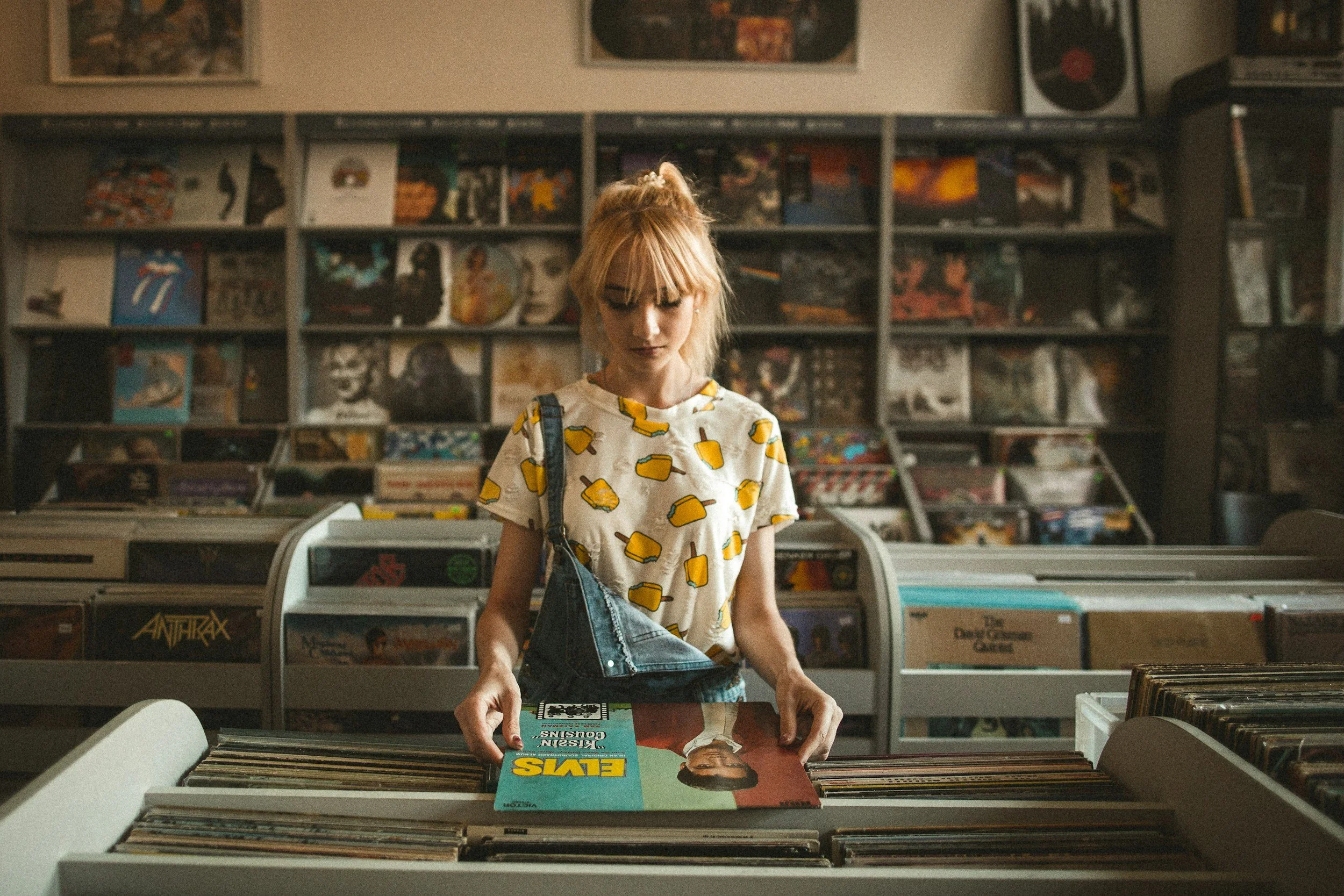Intention and purpose
Why?
Why does this need to exist? Why should anyone care? Why should I pay attention to your story? Without an answer to why, then I would argue that ‘don’t’ is the only true and valuable answer that remains. With a why there is a message that is trying to be expressed to another, and in most cases a measurable degree of success. Did my story convey my intention to the other entity?
Where?
Where is my message going to be heard? Will it be shouted or whispered as a result? Will there be a single perspective or will it be connecting to many? Will it be the focus or will it be competing with another stimulus?
Who?
Who is my audience?
I think about Rod Davies a lot, and I bet he thinks of me, never.
I thought about Rod Davies as I listened to Ryan Hurd’s Midwest Rock N Roll album as I drove my Dolby Atmos enabled vehicle down the 405 Freeway in an early morning rain shower as I passed the Getty Centre.
I thought about Rod Davies as I talked to my son about double-entry bookkeeping for his accounting course at college, and how I had crammed for my accounting module’s exam while sitting in my college kitchen in Hayes with Zero7’s ‘Simple things’ album on loop shortly after my grandfather's funeral.
I think about Rod Davies, when I talk with people about early rock and roll, and the influences of American music on British music and the subsequent British Invasion.
I met Rod Davies, in the spring of 2003 in a non-descript room on the Uxbridge campus of Brunel University. He taught me Accounting, as part of my degree in Creative Music Technology; and was good at it. He explained Double Entry bookkeeping in a way that even I could begin to get my head round, which is no mean feat if you have ever seen me try to add a tip to a check at a restaurant.
The following semester, Rod appeared again as part of my “20th Century Music” module where he described an event that occurred 46 years prior; on July 6th, 1957. That was the day where, as a member of a skiffle group covering Lonnie Donegan songs at a church fete, his band mate John would meet a guy named Paul who would replace Rod in the band that became just 3 years later, The Beatles.
I think about Rod Davies every time I watch “Good Will Hunting” and smile as Robin Williams describes Game 7 of the World Series at Fenway to Matt Damon and his friends rushing the field; only to reveal he was having a drink with his future wife whom he’d just met at the bar prior to the game. I think about him and smile because on that day, in the lecture room at Brunel University, Rod told a story about being replaced by Paul McCartney in the future Beatles, as a subtext to his exploration of Skiffle and its roots in American Blues and the Slave triangle.
His purpose was to teach, to share knowledge and inspire. Thanks Rod!
Why bring Rod Davies up at this point? The intention and purpose seem ‘off’, well it is in many ways, but one of the other things that occurred in those latter years of the 1950’s was the change in how popular music charts were compiled, taking the focus off sheet-music sales as had been the case previously and turning to record sales instead. Prior to that point in time, sheet music was bought and then played in homes and other venues by musicians, which was by virtue of it occurring in a real space with real instruments, an immersive audio experience.
With the shift in focus to record sales, radio airplay and consumers hearing songs from a mono recording and mono playback the recording industry was format focused. Recording engineers had over the previous decades developed techniques to ensure that all elements of a performance could be properly captured, heard, and reproduced. Mastering engineers, transfer engineers in the first instance, became more a part of the commercial success by ensuring that the song would successfully play on radio and vinyl etc.
It is from these foundations of the recording industry that the understanding of 2D sound however false begins. The reproduction from a single source speaker, and subsequently dual source, stereophonic, speaker can be interpreted as flattening the music experience for sure, but recording engineers, producers and by extension artists then found ways to add depth to the mixes. Elaborate techniques to widen, the soundfield, or to make it more overwhelming allowed for the creation and exploration of recording and playback techniques.
In those early days of stereophonic recreation there were creative missteps just the same as there have been with immersive audio, those creative missteps might be fewer and further between in stereo now but with the vast array of songs mixed and released every single day, a bad mix does not result in stereo being signed off entirely.
In the filmed entertainment domain, experiments with surround sound began with systems such as “Fantasound,” which itself has been covered in detail elsewhere; the intention was to allow for the separation of sound channels to be dynamically controlled during reproduction.
Why?
To be able to achieve a custom recording to produce a playback experience that would not have been possible with other methods.
Where?
Dedicated Movie theaters.
Who?
Everyone tired of silent movies, and the rudimentary “Talkies.”
“Fantasound” was difficult and costly to produce, had limited venues for playback and required audience members to be within a specific venue and within an optimized sound field. Sounds familiar, right?
The experience while limited proved the fundamental idea that audiences could be enveloped in a story through use of sound technology and better reproduction systems could lead to better experiences.




